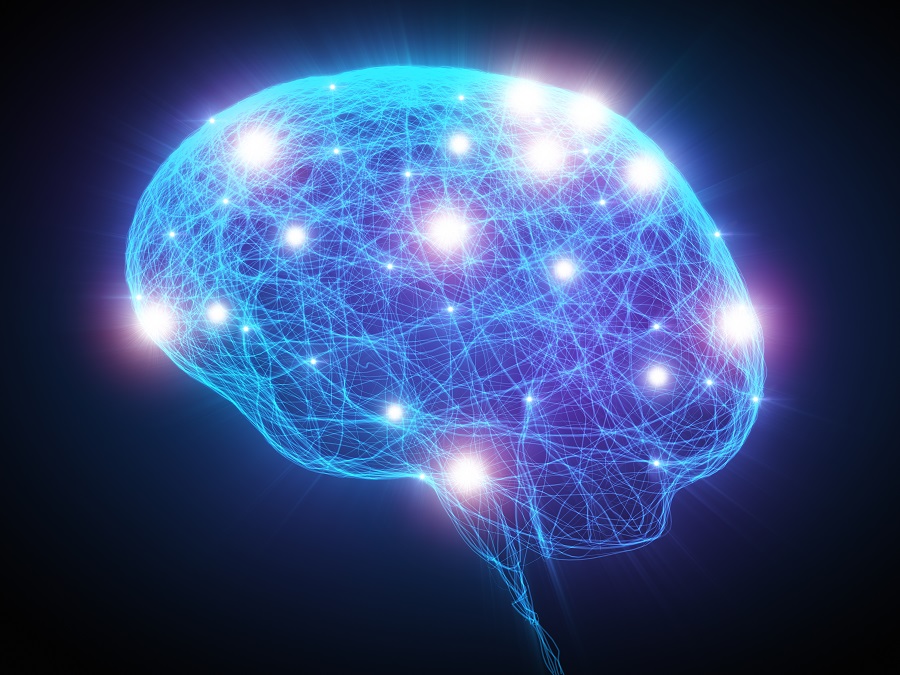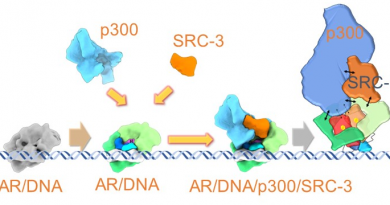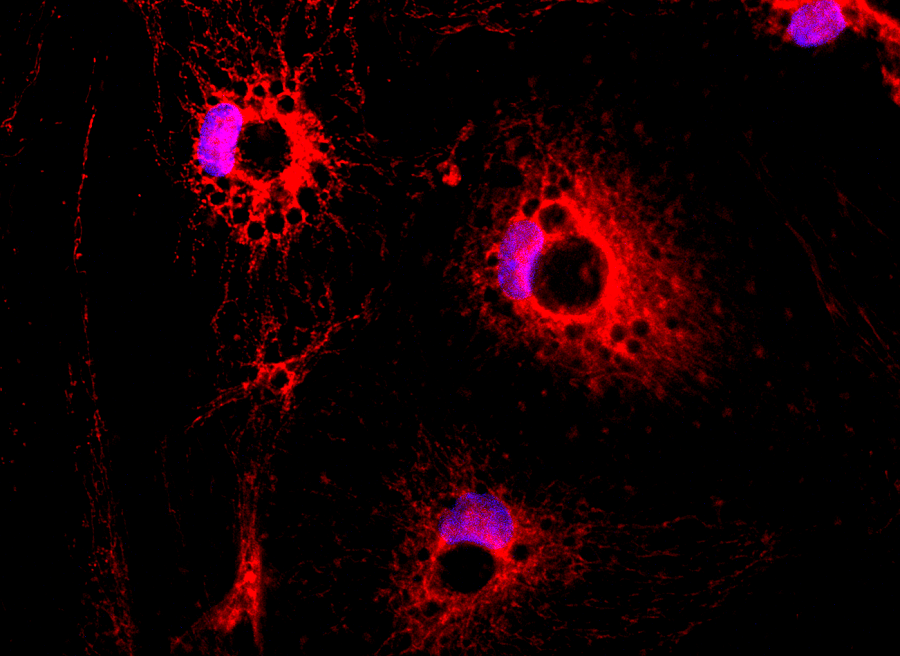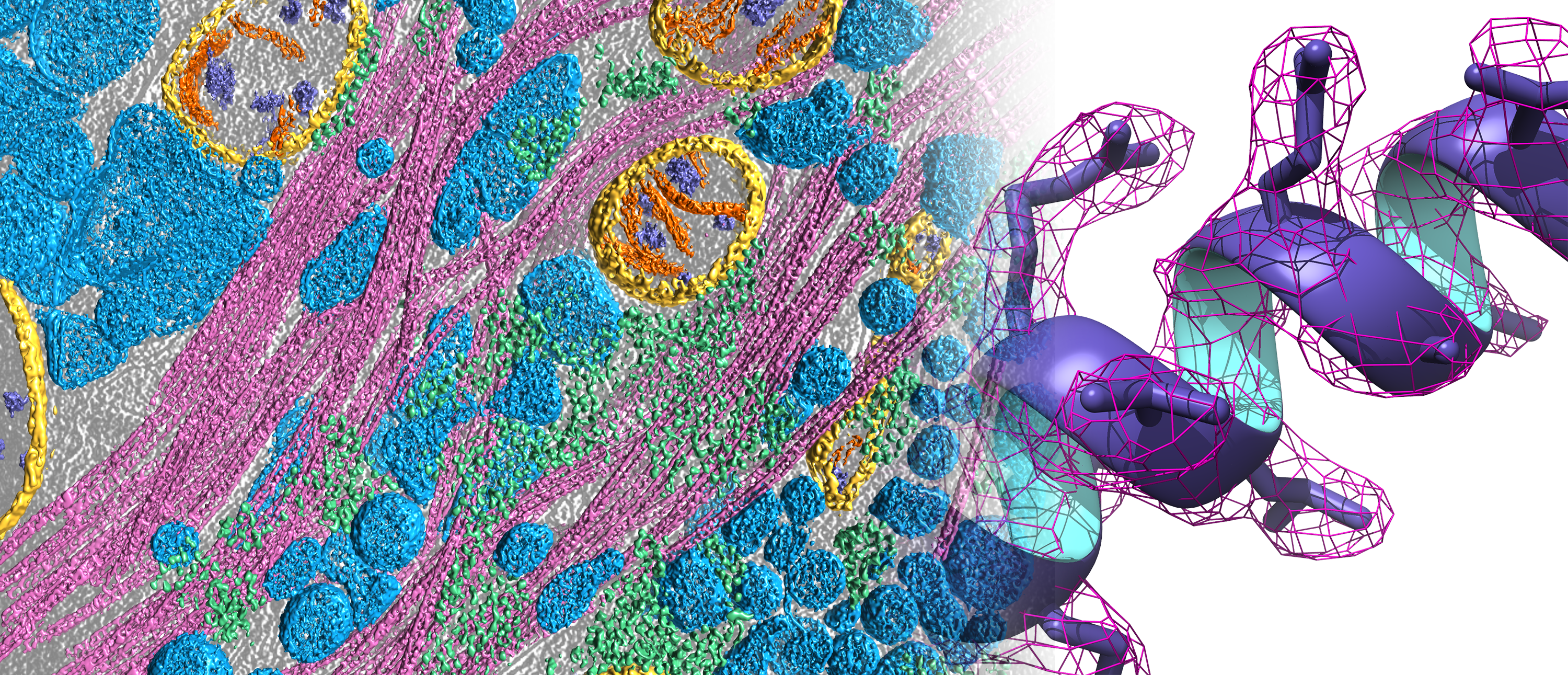Pay attention to the ‘noise’ in your brain
Take a look at your favorite mug; it probably looks the same as it always has, but your neurons may not think so. Neurons are firing in response to the visual stimuli they see but they don’t fire in exactly the same way every time. 
Researchers at Baylor College of Medicine wanted to know the significance of that variability and whether portions of that variability might be due to changes in an individual’s focus of attention.

“For example, neurons may respond one way when you look at the mug and think of drinking the coffee in it, but another way when you think of the work that coffee is going to help get you through. We don’t have a good understanding of how neural activity changes when your attention is focused on an object or when your attention is split,” said Dr. George Denfield, now a fourth-year medical student in the Medical Scientist Training Program who trained in Dr. Andreas Tolias‘ lab at Baylor. “One of the main assumptions is that the brain is somewhat ‘noisy’ and that there are random features to the way neurons respond based on their physiology. So some people chalk this variability up to randomness.”

However, in a recent study published in Nature Communications, Denfield, a lead author of the study, and his colleagues found evidence that the variability isn’t just noise. It can be attributed to fluctuations in internally generated signals like attention, so that the more one’s attention is split, the “noisier” the neuronal responses appear to be from the outside.
The study involved non-human primates trained to engage in simple tasks. They would stare at a monitor that showed two patterns in their peripheral vision and were cued to pay attention to either one pattern at a time or both, akin to comparing a focused brain with a multi-tasking brain.
The patterns would change randomly but the monkeys were trained to seek out one particular image. When they saw that image they would move their eyes to focus on it. The researchers were able to track eye movements while also recording brain activity.
“So rather than noise, the variability reflects important changes in the brain that are relevant to the behavior a person is engaging in, like their changing attention state,” Denfield said. “While we were focused on only one area of the brain, in visual cortex, and only on a certain number of neurons, we believe these findings show us that there is an important process happening that we might be able to harness to learn something more about how our brains work and focus.”
So what is next? Denfield said this is just the beginning.
“As we continue our work and expand to different areas of the brain, these findings could have implications in tracking attentional states and understanding how neuronal populations are working together across the brain to help us focus on important features in our environment.”
Statistical models could one day characterize real-time changes in someone’s attention, potentially creating diagnostic tools for those living with neurological issues such as autism or attention deficit disorder.
Denfield’s colleagues who took part in the study include Alexander S. Ecker, Tori J. Shinn, Matthias Bethge and Andreas S. Tolias (the Brown Foundation Endowed Chair of Neuroscience at Baylor), all with Baylor. Ecker and Bethge’s primary affiliation is with the University of Tübingen; Ecker, Bethge and Tolias also are with the Bernstein Centre for Computational Neuroscience; Bethge also is with Max Planck Institute for Biological Cybernetics; Tolias also is with Rice University.
Funding is supported by grants NEI R01-EY018847-05, NEI R01-EY026927-01A1, NEI P30-EY002520-33 and the NIH-Pioneer award DP1-OD008301 to A.S.T. This work was also supported by the Intelligence Advanced Research Projects Activity (IARPA) via Department of Interior/Interior Business Center (DoI/IBC) contract number D16PC00003.



